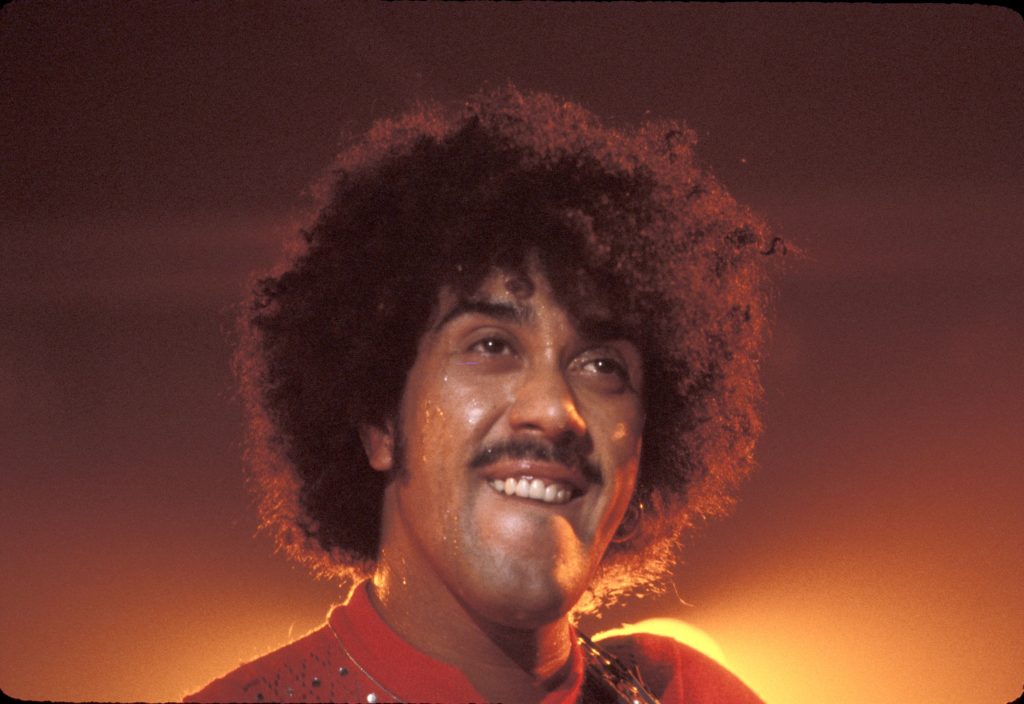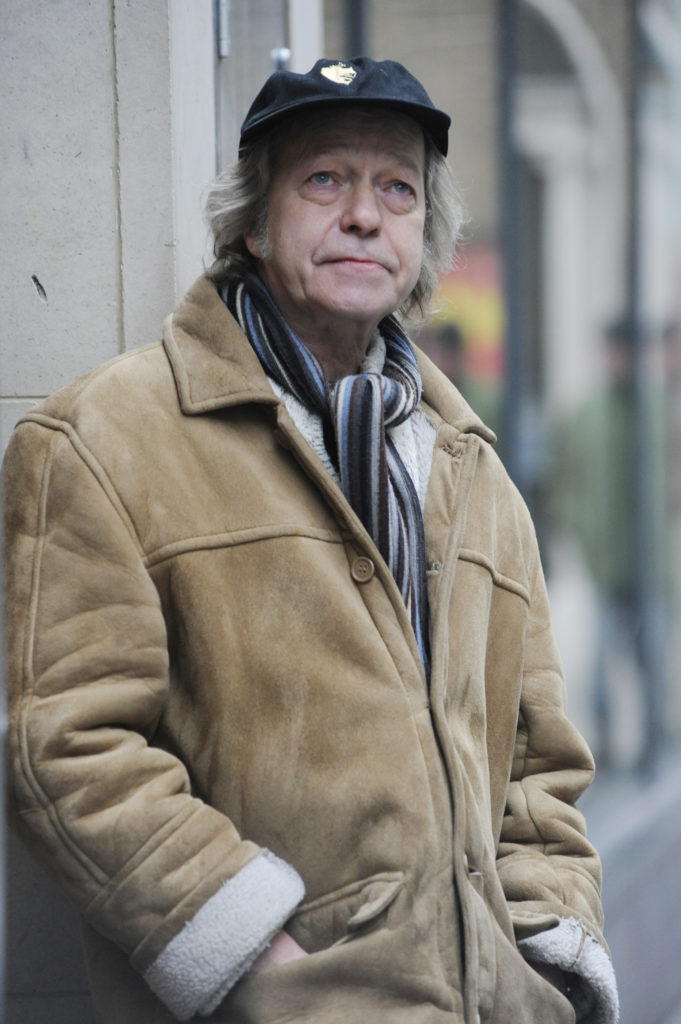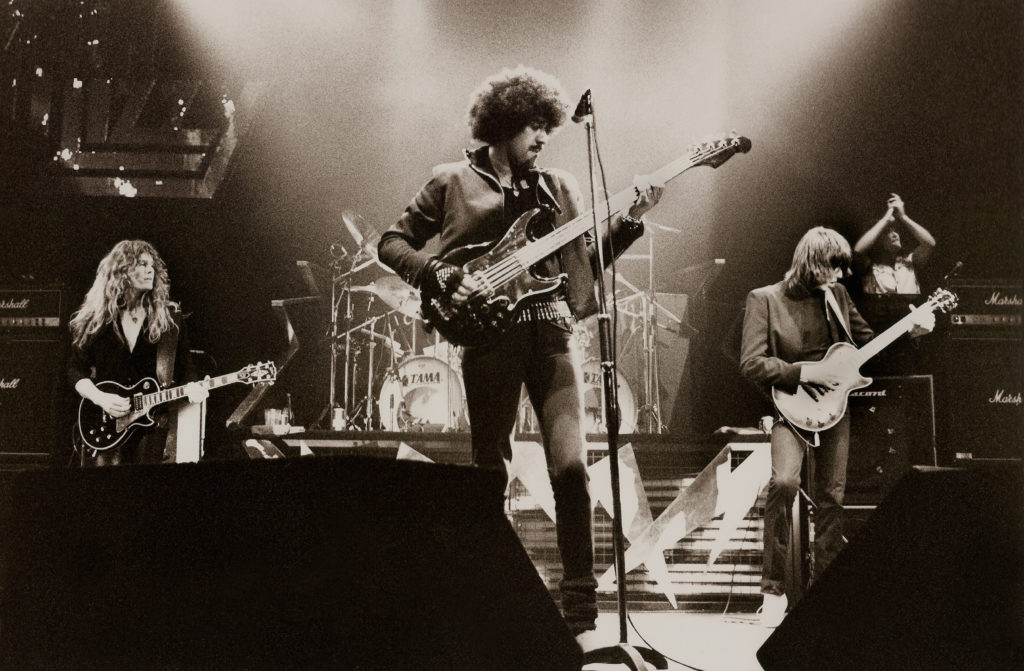THE stirring of the ashes has been done before, most recently with The Beatles and their final single, Now and Then, released in the winter of 2023.
The song was written and home-demoed (via a tape recorder) by John Lennon sometime between 1976 and ’78 and had circulated among avid fans and collectors for years.
For some time after it was written and made available (particularly in the ‘80s, following Lennon’s assassination), Paul McCartney had wanted to complete the song at Abbey Road studios, the location of all Beatles recordings.
Stymied by the era’s inadequate audio technology — Lennon’s vocals were extremely low in the basic demo recording of the song — McCartney abandoned it.
In the past few years, however, and especially with the rise of AI in all areas of technology, McCartney, his Beatles pal Ringo Starr, and Giles Martin (the son of The Beatles ‘fifth member’, George Martin), set about recovering the song and rearranging it.
The outcome – the very final Beatles song, assisted with AI but not created by it – exceeded all commercial expectations by hitting the tops of music charts worldwide.
Getting back, figuratively speaking, to the top of the pop charts might not happen with Thin Lizzy, but it won’t be for want of trying — or of utilising the same levels of contemporary audio technology that helped McCartney and co to recreate former glory days.
 Singer, songwriter and bassist Phil Lynott of the hard rock band Thin Lizzy
Singer, songwriter and bassist Phil Lynott of the hard rock band Thin LizzyIn October of last year, news filtered out that the band would be releasing their first new album in over 40 years.
In marketing terms, this was something of a misnomer: we would be familiar with the songs on the new album, but not the way we had been hearing them.
In essence, The Acoustic Sessions would reimagine and soften well-known Lizzy songs, specifically those featured on their first three albums – 1971’s self-titled debut, 1972’s Shades of a Blue Orphanage, and 1973’s Vagabonds of The Western World.
In other words, there would be no liquid guitar solos or solid riffs, and there would be no classic twin-guitar assaults on the senses.
Rather, original vocals by Phil Lynott would be matched with brand-new guitar parts from co-founding band member Eric Bell.
The result, said the record company marketing department, would create “an entirely new listening experience for fans.”
The first release from the album is, indisputably, Thin Lizzy’s best-known song but not even close to the best, Whiskey in the Jar.
Devoid of its classic swirling rock production, which surely contains one of the most instantly recognisable guitar solos in the rock/pop music canon, the new acoustic mix unpacks the song’s raw building blocks.
Other tracks receiving similar gentle treatment include Mama Nature Said, A Song for While I’m Away, Eire, Slow Blues, Dublin, Here I Go Again, Shades of A Blue Orphanage, and Remembering Pt. 2.
The album’s project leader, producer and mixer Richard Whittaker, is regarded in the music industry (“ever-changing and somewhat capricious,” he wryly says of it on his website) as the go-to engineer, particularly for heritage and/or legacy music acts.
Other Thin Lizzy albums he has mixed (in Dolby Atmos/Spatial Audio, for the hi-fi fans amongst us) include Jailbreak, Johnny the Fox, and Vagabonds of the Western World.
“Traditionally, songwriters and bands have used acoustic polyrhythmic instruments such as piano or guitar to demo or sketch out their ideas,” he explains.
“In most cases, these parts are replaced as the production process develops, but occasionally, these core elements survive and remain intact.
 Original Thin Lizzy member, Eric Bell
Original Thin Lizzy member, Eric BellWhittaker encountered this during his work on Vagabonds of the Western World.
After sifting through all the recordings that Thin Lizzy had made whilst signed to Decca, he presented a list of potentially workable ideas to the label bosses.
Some of these ideas suited the required audio process, but “in most cases, additional development and material was required.”
What happened after that is manna from Heaven for the die-hard Thin Lizzy fan.
“The guys at the label approached Eric Bell, who was happy to get involved with the project. I think between us, we’ve made something that is quite unique and special.”
He isn’t wrong.
While the over-familiarity of Whiskey in the Jar may, perhaps, dilute the enjoyment of it (as I write, I’m thinking about how many times I have heard that song over the past 50 years), other tracks fare better.
Thin Lizzy’s co-founder, Eric Bell, is at the coalface of the new revisions.
Bell was a band member from 1969-’73 and was a pivotal part of the songwriting process on those first three albums.
It is his ringing guitar intro and chiming solo you hear on Whiskey in the Jar, and as co-writer of The Rocker, he can safely lay claim to having a hand in creating one of the best rock songs of the past 50 years.
The guitarist, who reaches the age of 78 in September of this year, was the obvious choice to lend his expertise to the project.
“I remember recording Eire from our self-titled debut album in 1971,” he says.
“I wrote the main guitar part first on acoustic, and then we built it up from there. I played the 12-string acoustic throughout the track and introduced the electric on top.”
Such a layering proved very useful during the restructuring work on Acoustic Sessions. The fresh guitar parts, he adds, enhanced every song.
 Thin Lizzy: The Acoustic Sessions is released on January 24
Thin Lizzy: The Acoustic Sessions is released on January 24“Adding the vocals that Philip laid down on the day and those original drum parts that Brian came up with in the original recording sessions, were the cherries on top.”
Acoustic Sessions marks the first time since Bell’s departure from Thin Lizzy in ’73 that he has recorded under the band’s name.
He exited the band after a New Year’s Eve concert when halfway through the gig, he threw his guitar into the air, shoved the amplifiers into the audience, and rushed off stage.
He later said that he had no regrets about leaving.
“I had to leave because of ill-health. It was exhaustion and the majority of things that were available to me... I couldn't handle it…”
Things have a way of serendipitously working out, however, and so decades later, Bell is once again back in the band.
In many ways, Acoustic Sessions is what Thin Lizzy might have sounded like if they had been around to enjoy their ‘MTV Unplugged’ moment: some really good songs delivered with a minimum of instrumental fuss.
Avid Thin Lizzy fans will surely love the results, while followers of other Irish groups and musicians might ask how their heroes and heroines could benefit from the kind of audio technology around today that wasn’t 40 or 50 years ago.
The future, as always, is boundless with possibilities.
As for Thin Lizzy - are the boys back in town? Yes, except this time they’re lowering their voices.
Thin Lizzy: The Acoustic Sessions, is released on January 24, via Decca Records.

